Click on Characteristic name for explanation. Click on image for larger version.
|
Hypogymnia occidentalis
| Overview
| | PNW Range: | | | West side | Occasional
| | East side | Common
| | Immediate coast | Occasional
| | Alpine or subalpine | Rare
| | Habitat: | Moist low-elevation to subalpine forests; one of the most common Hypogymnia species in Abies grandis, moist Pseudotsuga, and Thuja forests east Cascades and west Rocky Mountains; also common west Cascades but less so than other Hypogymnia species (H. apinnata, H. enteromorpha, and H. inactiva).
| | Substrate: | Bark and wood, usually on conifers, also on hardwoods.
| | Comments: |
| | Synonymy: | none
|
|
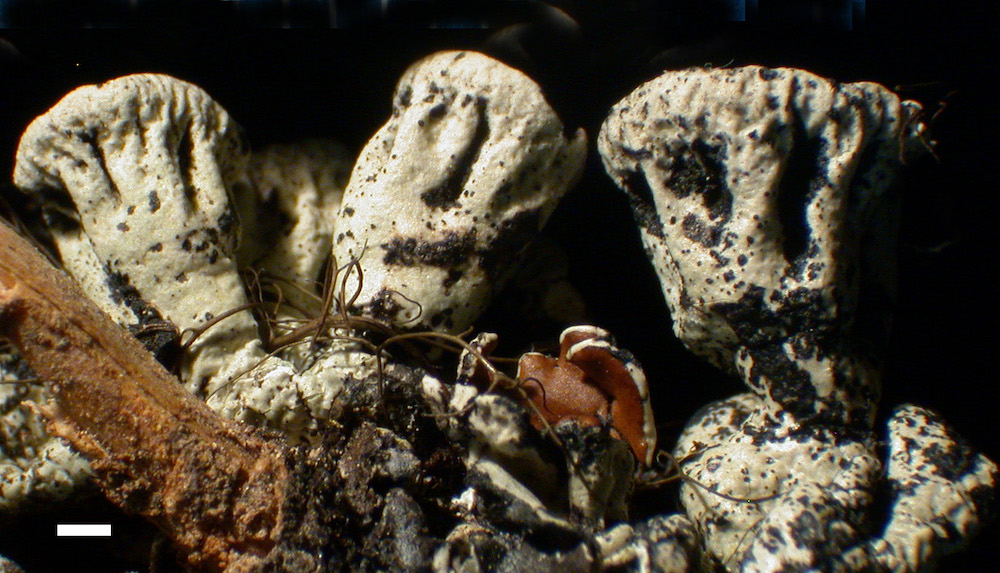
Apothecia
by B. McCune
2/17

Perforate lobe tips
by B. McCune
3/17
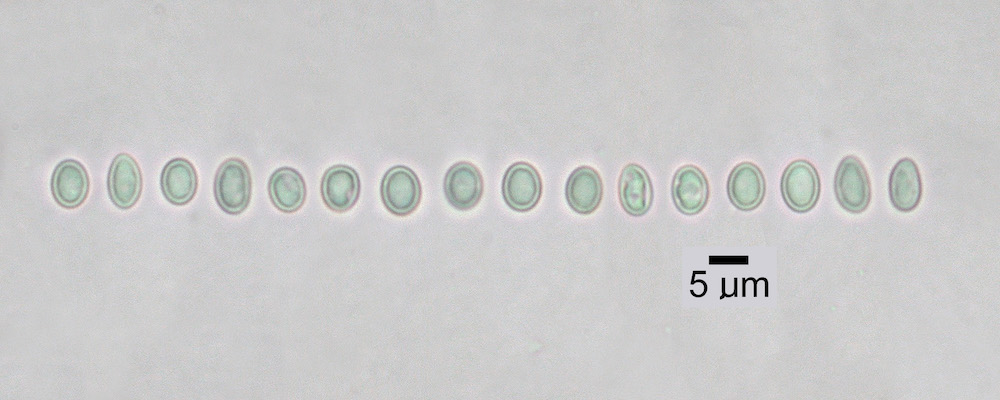
Ascospores
by B. McCune
4/17
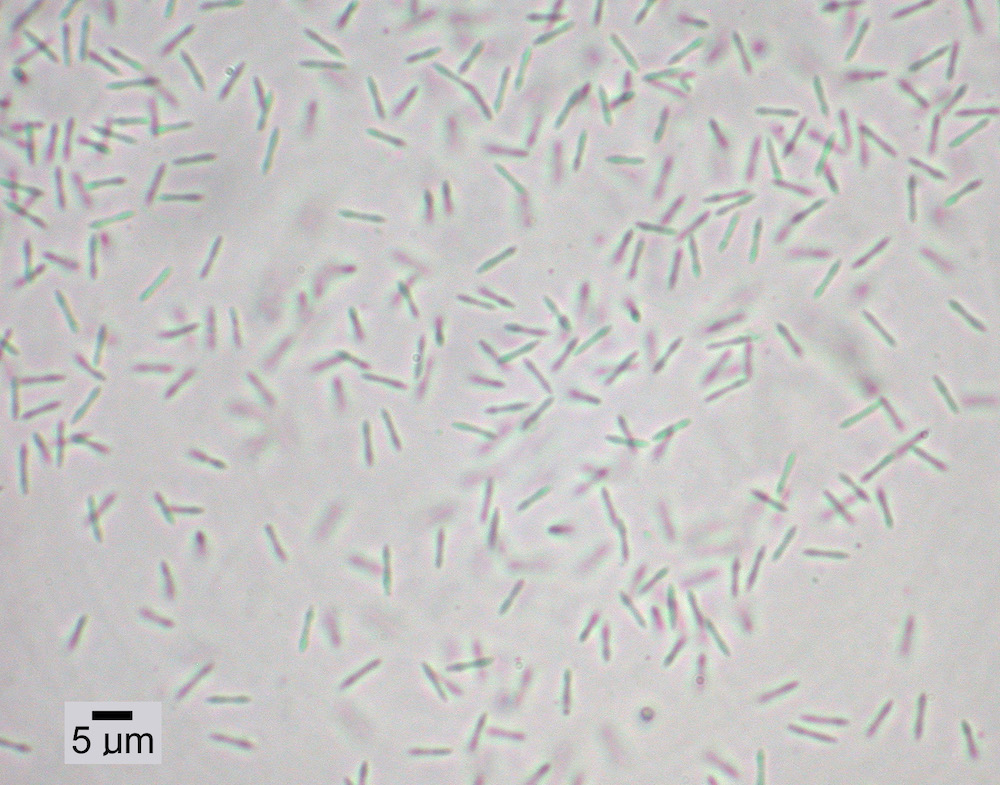
Spermatia
by B. McCune
5/17
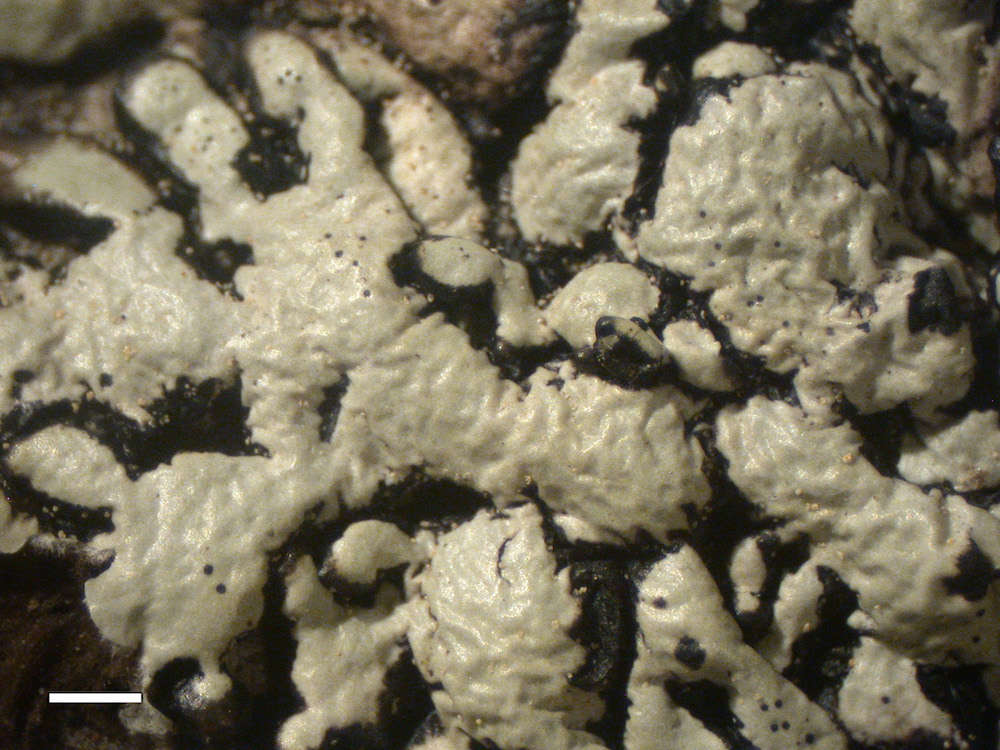
Upper surface rugose
by B. McCune
7/17
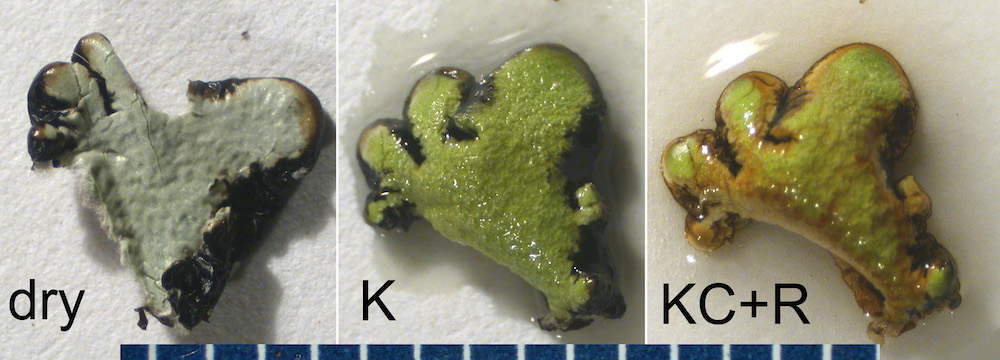
KC+ red spot test
by B. McCune
10/17
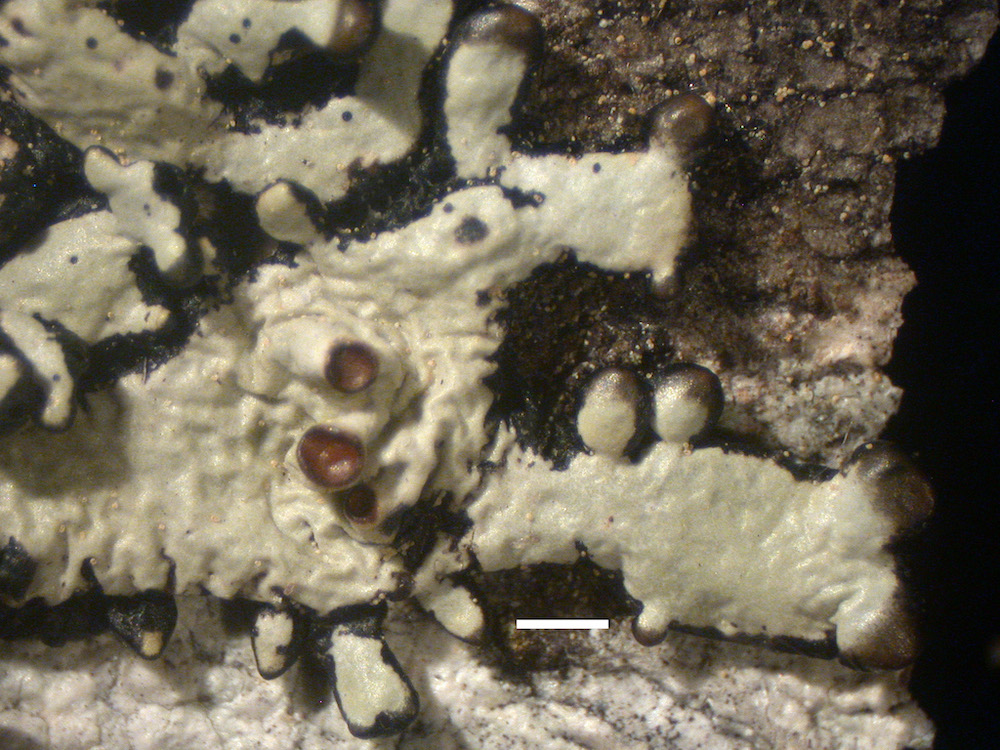
Budding adventitious branches
by B. McCune
11/17
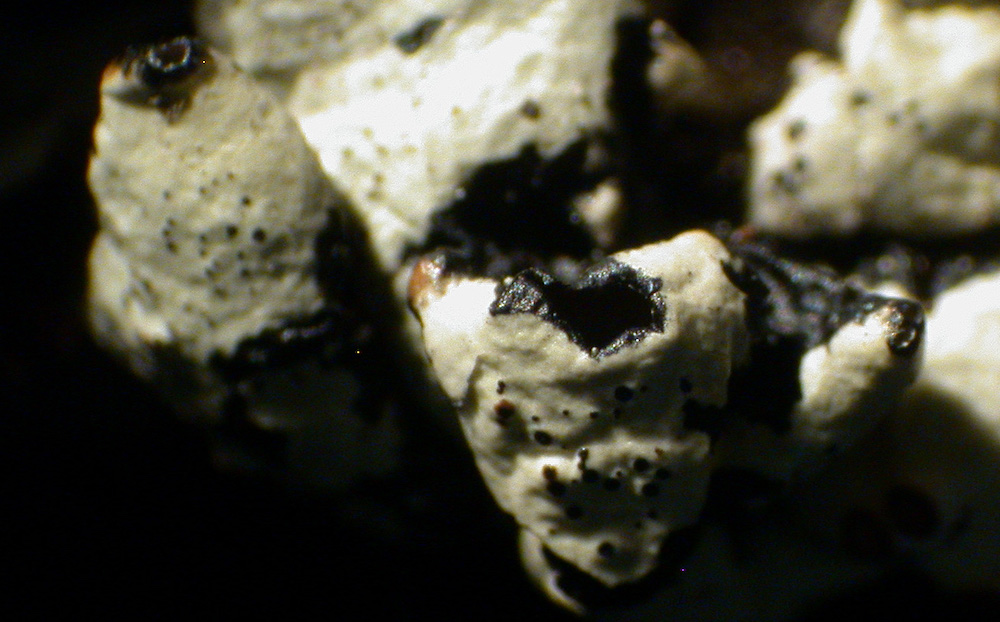
Perforate lobe tips
by B. McCune
12/17
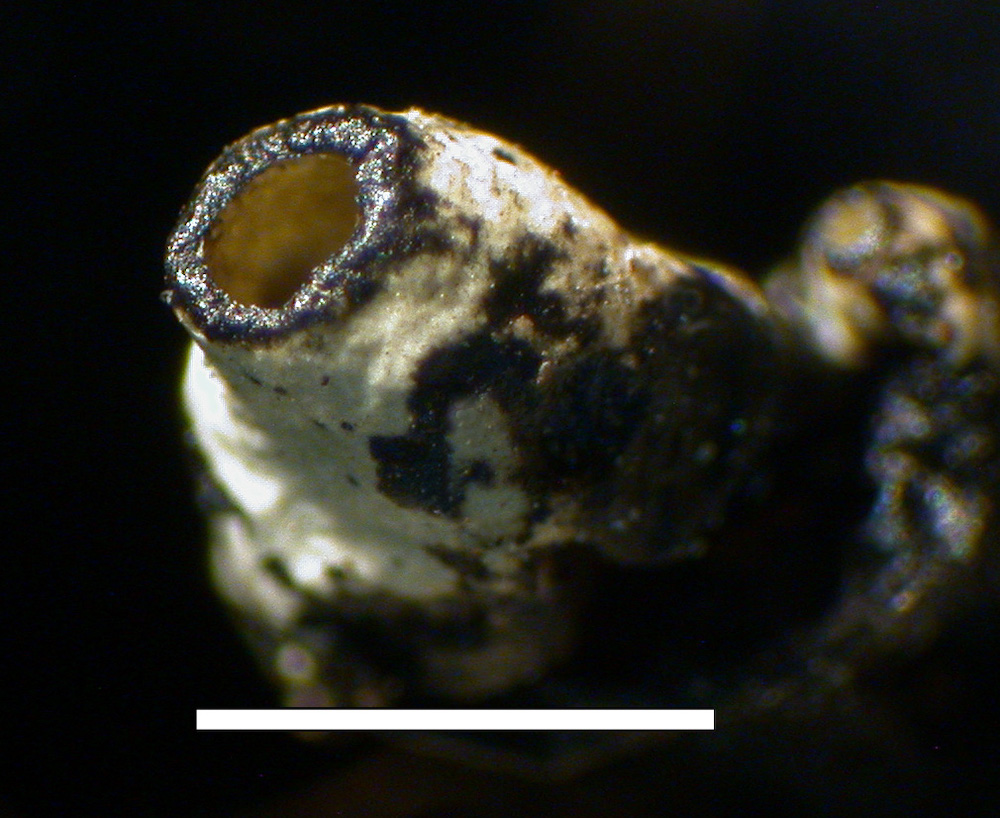
Perforate lobe tips
by B. McCune
14/17
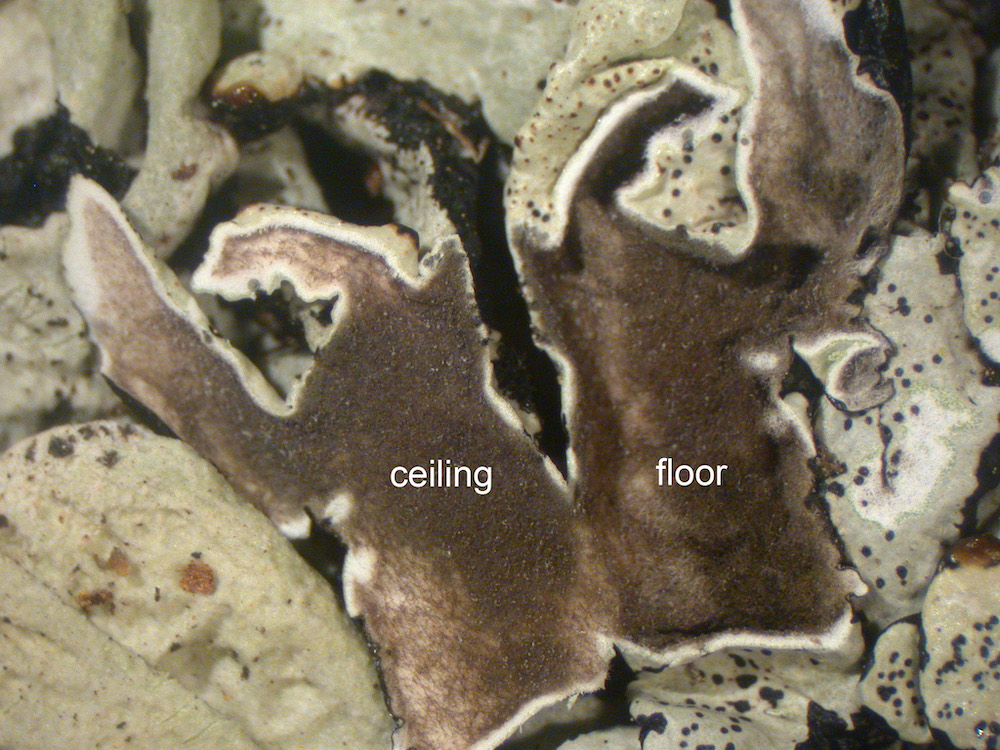
Lobe cavity
by B. McCune
16/17
Scale: Bar=1mm unless noted
|
|
|
|
|